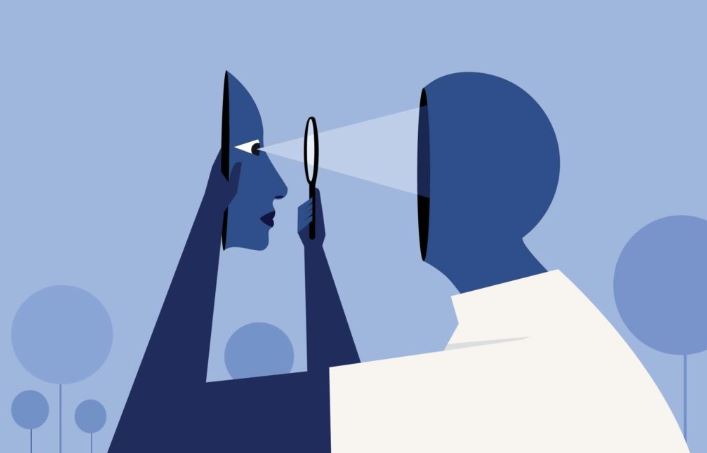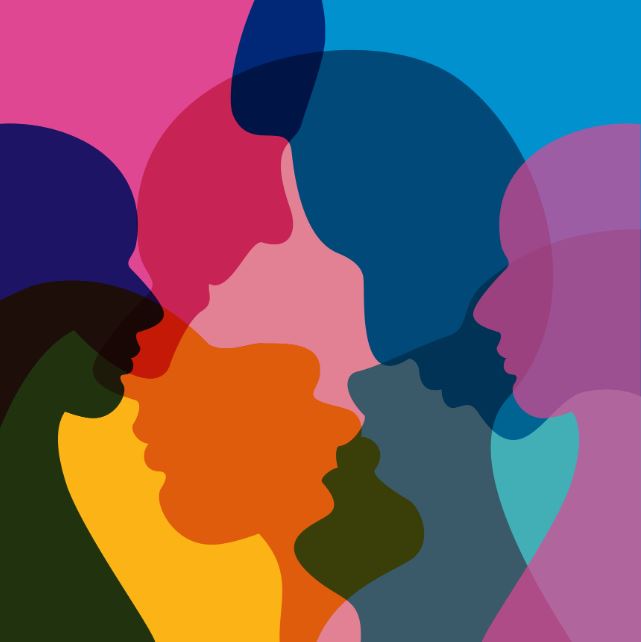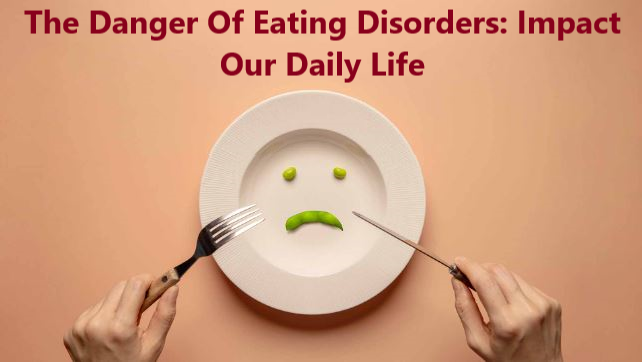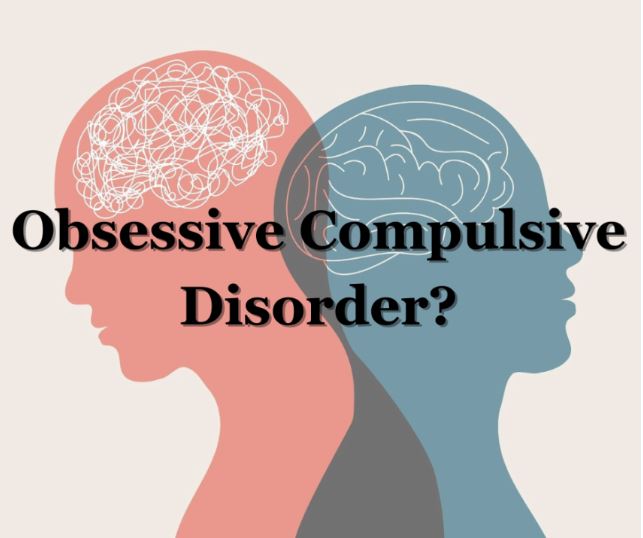Anxiety disorder stand as a prevalent category of mental health conditions marked by overwhelming fear and anxiety that surpass normal levels of stress or worry. These disorders can significantly disrupt daily life, making it challenging for individuals to carry out routine activities. They are broadly categorized into several types, each with its own specific manifestations and triggers:
Table of Contents
1. Generalized Anxiety Disorder (GAD)
Generalized Anxiety Disorder (GAD) is a prevalent and chronic condition that affects millions worldwide, characterized by persistent, excessive, and unrealistic worry about everyday things. This worry goes beyond the normal anxiety that people experience day to day. It is more severe, lasting, and often seems to have no clear or specific cause. Individuals with GAD find themselves worrying about multiple aspects of their life, such as health, finances, family, work, or school performance, even when there is little or no reason to worry.

Symptoms of Generalized Anxiety Disorder
Symptoms of GAD can vary in intensity, from mild to severe, and can fluctuate over time. However, they typically include:
- Persistent worrying or anxiety about a number of areas that are out of proportion to the impact of the events.
- Overthinking plans and solutions to all possible worst-case outcomes.
- Perceiving situations and events as threatening, even when they are not.
- Difficulty handling uncertainty; indecisiveness and fear of making the wrong decision.
- Inability to set aside or let go of a worry.
- Inability to relax, feeling restless, and feeling keyed up or on edge.
- Difficulty concentrating, or feeling that your mind “goes blank”.
- Physical symptoms, such as fatigue, headaches, muscle tension or muscle aches, trembling, feeling twitchy, being easily startled, trouble sleeping, sweating, nausea, diarrhea, or irritable bowel syndrome (IBS), and irritability.

These symptoms must be ongoing for more than six months and not attributable to other health conditions, medications, or substances to meet the diagnostic criteria for GAD.
Causes and Risk Factors
The exact cause of GAD is not fully understood, but it is likely to involve a combination of factors, including:
- Genetics: Anxiety disorder tend to run in families, suggesting that a combination of genes may increase one’s risk of developing GAD.
- Brain Chemistry: GAD has been associated with abnormal functioning of certain nerve cell pathways that connect particular brain regions involved in thinking and emotion regulation.
- Environmental Factors: Traumatic and stressful events, such as abuse, the death of a loved one, divorce, changing jobs or schools, may trigger or worsen anxiety.
- Personality: People with certain personality traits, such as being a perfectionist, having low self-esteem, or being easily overwhelmed by stress, may be more prone to GAD.
Treatment
Effective treatments are available for GAD, and they often involve a combination of psychotherapy, medication, and lifestyle changes:
- Psychotherapy: Cognitive-behavioral therapy (CBT) is one of the most effective forms of psychotherapy for GAD. It teaches individuals different ways of thinking, behaving, and reacting to situations that help them feel less anxious and worried.
- Medication: Anti-anxiety medications and antidepressants are commonly used to treat GAD. It may take some time to find the most effective medication with the fewest side effects.
- Lifestyle and Home Remedies: Stress management techniques, such as exercise, meditation, and relaxation techniques, can reduce anxiety symptoms. Maintaining a healthy lifestyle, avoiding alcohol and drug use, and managing stress can also help manage GAD symptoms.
Managing GAD is a long-term commitment, often involving learning skills to manage anxiety throughout life. With effective treatment, people with GAD can lead full, productive lives.
2. Panic Anxiety Disorder
Panic Anxiety Disorder is a type of anxiety disorder characterized by sudden and unexpected panic attacks—intense waves of fear or discomfort that escalate quickly, often without any apparent cause. These episodes can be highly distressing and can significantly impact an individual’s quality of life, leading to persistent worry about experiencing future attacks and, in some cases, changes in behavior aimed at avoiding situations perceived to trigger an attack.
Symptoms of Panic Anxiety Disorder
Panic attacks associated with Panic Anxiety Disorder involve a combination of physical and psychological symptoms that typically reach their peak within minutes. Common symptoms during a panic attack include:
Palpitations, pounding heart, or accelerated heart rate: Individuals may feel like their heart is racing or beating out of control.

- Sweating: Experiencing sudden and profuse sweating without a heat source or physical exertion.
- Trembling or shaking: Uncontrollable shaking or trembling can occur, adding to the sense of loss of control.
- Sensations of shortness of breath or smothering: Feeling unable to breathe or as if one is choking.
- Feelings of choking: This can add to the panic, making the individual feel more distressed.
- Chest pain or discomfort: People often mistake this symptom for a heart attack, increasing their fear during an attack.
- Nausea or abdominal distress: Feeling sick to the stomach or experiencing gastrointestinal upset.
- Feeling dizzy, unsteady, lightheaded, or faint: These symptoms can make it difficult to stand or maintain balance.
- Chills or heat sensations: Experiencing sudden chills or hot flushes, adding to the discomfort.
- Paresthesia (numbness or tingling sensations): These sensations can add to the fear of a more serious medical condition.
- Derealization (feelings of unreality) or depersonalization (being detached from oneself): These symptoms can make the experience even more terrifying.
- Fear of losing control or “going crazy”: During a panic attack, the fear and physical symptoms can be so intense that individuals may fear they are losing their minds.
- Fear of dying: The intensity of the experience can lead some to believe they are experiencing a life-threatening crisis.
Impact of Panic Anxiety Disorder
The fear of having panic attacks, especially in situations where escape might be difficult or help might not be available, can lead to significant behavioral changes or avoidance behaviors. This can include avoiding places, situations, or activities that the individual fears may trigger an attack, such as driving, being in crowded places, or even leaving home (agoraphobia).

Treatment
Effective treatments for Panic Disorder are available and typically include psychotherapy, medication, or a combination of both:
- Cognitive Behavioral Therapy (CBT): This form of therapy is highly effective for Panic Disorder. It involves learning to identify and change thought patterns and behaviors that trigger panic attacks or exacerbate anxiety.
- Medications: Antidepressants (such as SSRIs and SNRIs) and anti-anxiety medications can help manage symptoms of Panic Disorder.
- Lifestyle Changes and Coping Strategies: Stress management techniques, regular exercise, and avoiding caffeine and alcohol can also help manage symptoms.
Early treatment can significantly improve outcomes for individuals with Panic Anxiety Disorder. With appropriate care, many people can achieve a significant reduction in their symptoms and regain a sense of control over their lives.
3. Phobias Anxiety Disorder
Phobias are a type of anxiety disorder defined by a persistent and excessive fear of an object, situation, or activity. This fear is disproportionate to the actual danger posed by the feared object or situation and can lead to significant distress and impairment in areas such as social interaction, work, and other daily activities. Unlike general anxiety disorders, phobias are usually connected to something specific. The response to the phobic stimulus is often immediate and intense, leading to rapid onset of fear or anxiety.
Types of Phobias Anxiety Disorder
Phobias are generally categorized into specific phobias, agoraphobia, and social anxiety disorder (social phobia), each with its unique characteristics and challenges.
- Specific Phobias: These are fears of a specific object or situation. Examples include fear of flying (aviophobia), fear of spiders (arachnophobia), fear of heights (acrophobia), and fear of injections (trypanophobia). The fear is activated by the presence or anticipation of the specific object or situation and often leads to avoidance behaviors.
- Agoraphobia: This is the fear of being in situations where escape might be difficult or help might not be available in the event of having a panic attack or panic-like symptoms. Situations that commonly trigger agoraphobia include being outside the home alone, being in a crowd, standing in a line, being on a bridge, and using public transportation.

- Social Anxiety Disorder (Social Phobia): This involves a significant fear of social or performance situations in which embarrassment, rejection, or scrutiny are possible, such as public speaking, meeting new people, or eating in front of others. Individuals with social phobia are highly anxious about being judged negatively by others, which can lead to avoidance of social situations.
Symptoms of Phobias
The symptoms of phobias can vary depending on the type of phobia and the individual but generally include:
- Immediate and intense anxiety or fear when exposed to the phobic stimulus.
- Recognition that the fear is excessive or unreasonable (though this may not apply to children).
- Avoidance of the feared object or situation or enduring it with intense fear or anxiety.
- Physical symptoms of anxiety, such as sweating, trembling, rapid heartbeat, and shortness of breath.
Treatment
Treatment for phobias can be highly effective and often involves psychotherapy, medication, or a combination of both:
- Cognitive-Behavioral Therapy (CBT): CBT is one of the most effective treatments for phobias. It involves exposure therapy, where the individual is gradually and systematically exposed to the feared object or situation in a controlled way, helping them become less sensitive over time.
- Medications: While not a cure for phobias, medications can help reduce the symptoms of anxiety related to phobias. These may include anti-anxiety medications or antidepressants.
- Self-Help and Support Groups: Learning relaxation techniques, practicing mindfulness, and joining support groups can also be beneficial for managing symptoms of phobias.

Overcoming a phobia usually requires confronting the feared object, situation, or activity in a gradual and controlled manner. With appropriate treatment, individuals can reduce or eliminate their phobic reactions, significantly improving their quality of life.
Conclusion
In conclusion, mental health disorders encompass a wide range of conditions that affect mood, thinking, behavior, and interpersonal relationships. From anxiety disorders and mood disorders to psychotic disorders, obsessive-compulsive and related disorders, trauma and stressor-related disorders, eating disorders, and personality disorders, each category presents unique challenges and symptoms that can significantly impact an individual’s quality of life. Understanding these disorders is crucial for early detection, intervention, and treatment.
Treatment strategies, including psychotherapy, medication, lifestyle changes, and support networks, can be highly effective in managing symptoms and improving overall well-being. Cognitive-Behavioral Therapy (CBT) emerges as a common and effective treatment across various disorders, highlighting the importance of addressing the cognitive aspects of these conditions. Medications, while not a cure, can offer significant relief for many symptoms.
The significance of recognizing and addressing mental health disorders cannot be overstated. Early intervention and appropriate treatment can lead to better outcomes, enabling individuals to lead fulfilling lives despite their challenges. It’s also essential for society to foster an environment of understanding and support, reducing stigma and barriers to seeking help.
Mental health is an integral part of overall health, and acknowledging the complexity and diversity of mental health disorders is the first step towards promoting a healthier, more compassionate society. With ongoing research, improved treatments, and increased awareness, there is hope for individuals affected by these conditions to achieve improved mental health and well-being.










